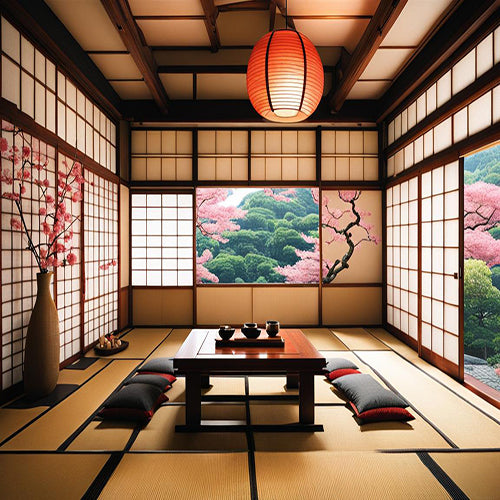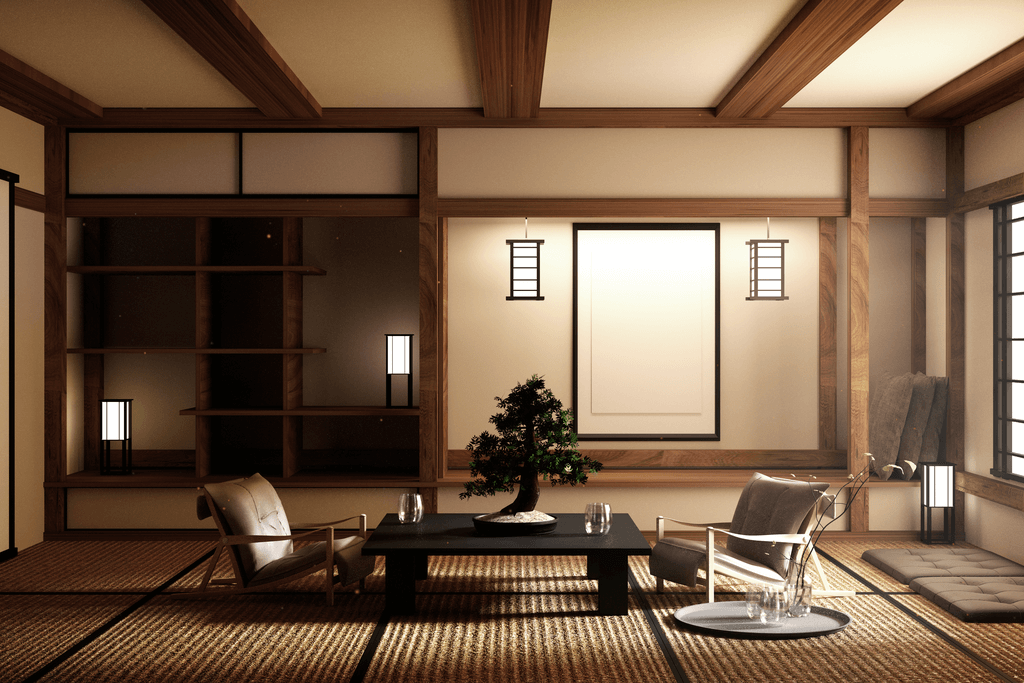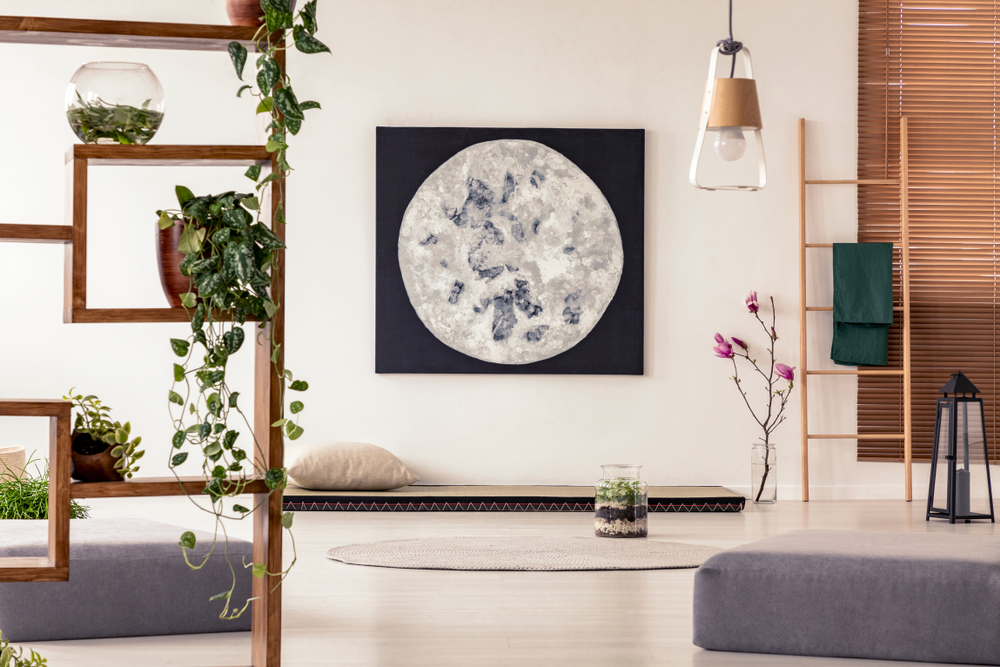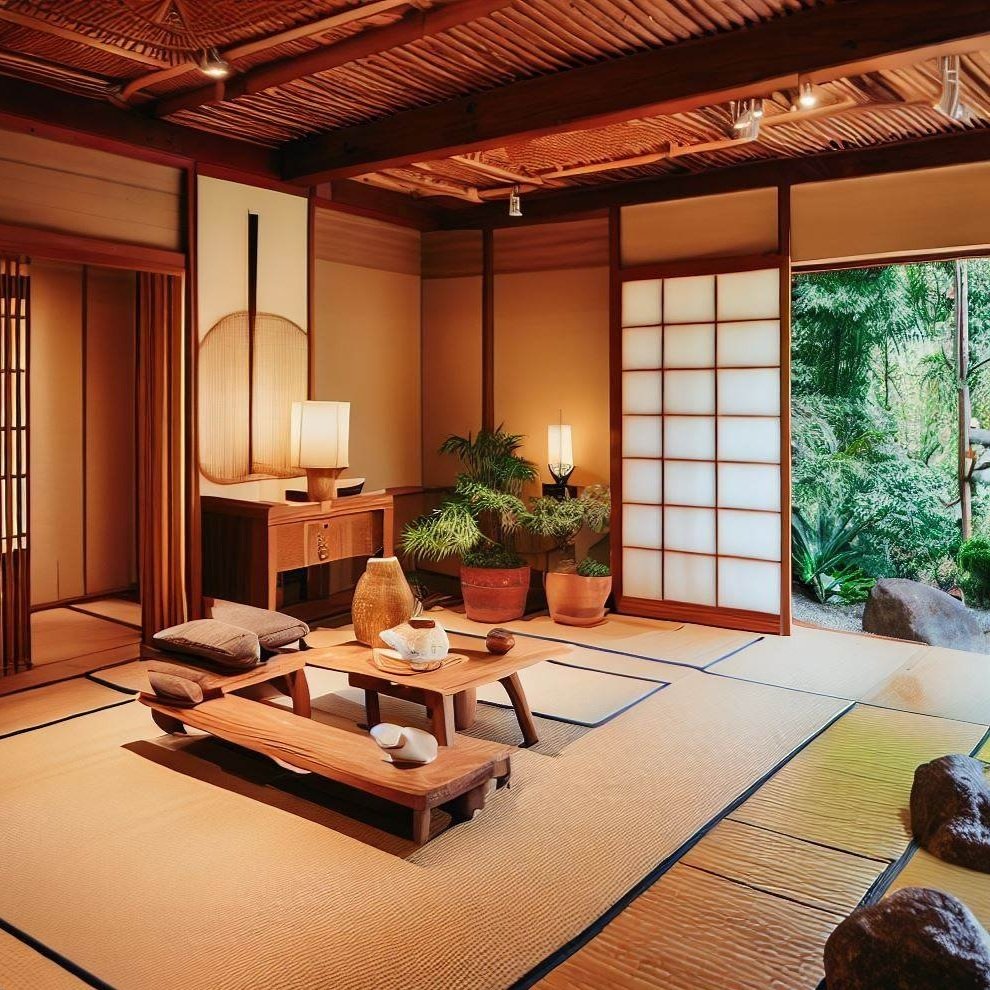Japanese home decoration is an art form that reflects simplicity, nature, and tranquility. Having lived in Japan and embraced its aesthetics for years, I can confidently say that the essence of Japanese style lies in its ability to harmonize with the surrounding environment while providing a serene living space. In this comprehensive guide, we’ll explore various elements of Japanese home decoration, practical tips, and personal experiences that will help you create your own Japanese-inspired haven.
Understanding the Essence of Japanese Home Decoration
To appreciate Japanese home decoration, it’s essential to understand its foundational principles. Drawing from Zen principles, Japanese decor emphasizes minimalism, natural materials, and a connection to nature. This section will delve into the key elements that define Japanese decor.
The Principles of Simplicity and Minimalism
In Japanese culture, less is more. The Japanese art of living embraces simplicity, often characterized by:
_%E3%81%AE%E5%86%85%E8%A3%85_(%E3%81%AA%E3%81%84%E3%81%9D%E3%81%86).jpg)
- Clean lines
- Uncluttered spaces
- Thoughtful organization
Personal Experience: Embracing Minimalism
_%E3%81%AE%E5%86%85%E8%A3%85_(%E3%81%AA%E3%81%84%E3%81%9D%E3%81%86).jpg)
When I first moved into a traditional tatami mat room, I was amazed at how freeing it felt. The lack of extraneous items allowed me to focus more on the essential aspects of my environment, like the beautiful sliding doors and the carefully arranged plants.
Natural Materials and Earth Tones

Japanese decor often prefers materials that are natural and organic. Commonly used materials include:
| Material | Characteristics |
|---|---|
| Wood | Warmth, durability, and versatility |
| Bamboo | Eco-friendly, lightweight, and resilient |
| Paper (Washi) | Translucent, delicate, and customizable |
| Stone | Timeless and grounding texture |

Key Features of Japanese Home Decoration
Now that we understand the core principles, let’s take a look at key features that can help you achieve a Japanese-inspired home.

Shōji and Fusuma: Sliding Doors that Transform Space
Shōji (sliding doors made with a wooden frame and rice paper) and fusuma (decorative sliding panels) are integral in traditional Japanese homes. They offer flexibility in room usage and bring in natural light while maintaining privacy.

Tatami Mats: The Heart of Japanese Interiors
Tatami mats are used not only as flooring but also as a lifestyle element. They’re made from rice straw and covered with woven rush grass, creating a soft underfoot experience.

Pros and Cons of Tatami Mats
| Pros | Cons |
|---|---|
| Natural insulator | Requires regular maintenance |
| Comfortable and healthy | Can be easily damaged by water |
Zen Gardens: Bringing the Outdoors Inside
Creating a small indoor Zen garden can enhance the tranquility of your home. Use pebbles, sand, and small plants to mimic the beauty of nature and achieve a meditative space.
Color Palettes in Japanese Home Decoration
When it comes to color schemes, Japanese interiors often gravitate towards muted colors and earthy tones. This section outlines the best practices for selecting colors in your Japanese home.
Earth Tones and Soft Neutrals
Colors like beige, brown, and gray create a soothing backdrop. Accent these with subtle hues of green and blue to reflect the natural world.
Choosing the Right Color Palette: A Comparison
| Color Scheme | Best For | Notes |
|---|---|---|
| Monochromatic | Minimalist designs | Creates a sophisticated look |
| Analogous | Cozy and inviting spaces | Warmth and comfort |
| Complementary | Vibrant focal points | Use with caution to avoid overwhelming |
Decorative Elements in Japanese Homes
Japanese home decoration incorporates meaningful decor elements that tell a story.
Ikebana: The Art of Flower Arrangement
Ikebana is more than just flower arranging; it’s about balance, harmony, and simplicity. A well-arranged Ikebana piece can serve as a subtle focal point in a room.
Calligraphy and Traditional Art
Wall art featuring traditional calligraphy or landscape paintings can add cultural depth to your decor. Choose pieces that resonate with you personally.
The Role of Light
Lighting plays a critical role in Japanese home decoration. Natural light is prioritized, but paper lanterns and muted lighting can create a cozy atmosphere during the evening.
Practical Tips to Achieve Japanese Home Decoration
Transforming your home into a Japanese sanctuary doesn’t have to be overwhelming. Here are some practical tips to get you started.
Declutter and Organize Your Space
Start by clearing out items that don’t serve a purpose or bring joy. Organizing your belongings not only makes your space look better but also promotes mindfulness.
Incorporate Natural Elements
Bring in plants, wooden furniture, and stone features to create a connection with nature. Consider plants like bonsai, bamboo, or succulents.
Embrace Multi-Functional Furniture
In traditional Japanese homes, furniture often serves multiple purposes. Consider low tables that can also be used for storage, or futons that can be easily stored away.
Common Mistakes to Avoid in Japanese Home Decoration
Even with the best intentions, decorating in a Japanese style can sometimes lead to pitfalls. Here are common mistakes and how to avoid them.
Overcrowding Spaces
One of the most significant mistakes is overcrowding a room with furniture. Remember that the Japanese philosophy values space and airiness.
Ignoring Functionality
Ensure that each item in your home serves a practical purpose. Furniture should not only look good but also be functional and comfortable.
FAQs About Japanese Home Decoration
What are the key principles of Japanese home design?
The key principles include simplicity, natural materials, and a harmonious connection with nature.
How do I incorporate Japanese decor in a small apartment?
Use multi-functional furniture, keep the space clutter-free, and choose soft, neutral colors to create an open feel.
What types of materials should I use for Japanese decoration?
Focus on natural materials like wood, bamboo, paper, and stone to create a peaceful environment.
Can I combine Japanese decor with other styles?
Yes! A blend of styles can create unique decor, but maintain a cohesive color palette and balance to avoid a cluttered look.
Conclusion: Creating Your Japanese-Inspired Sanctuary
Japanese home decoration is not only about aesthetics; it’s about creating a living environment that embodies peace, simplicity, and harmony. By incorporating the principles of minimalism, natural elements, and thoughtful organization, you can transform your home into a serene escape. I have found tremendous joy in this process, and I encourage you to embrace it fully.
Whether you choose to completely revamp your home or incorporate just a few elements of Japanese design, remember that the journey is just as important as the destination. Happy decorating!